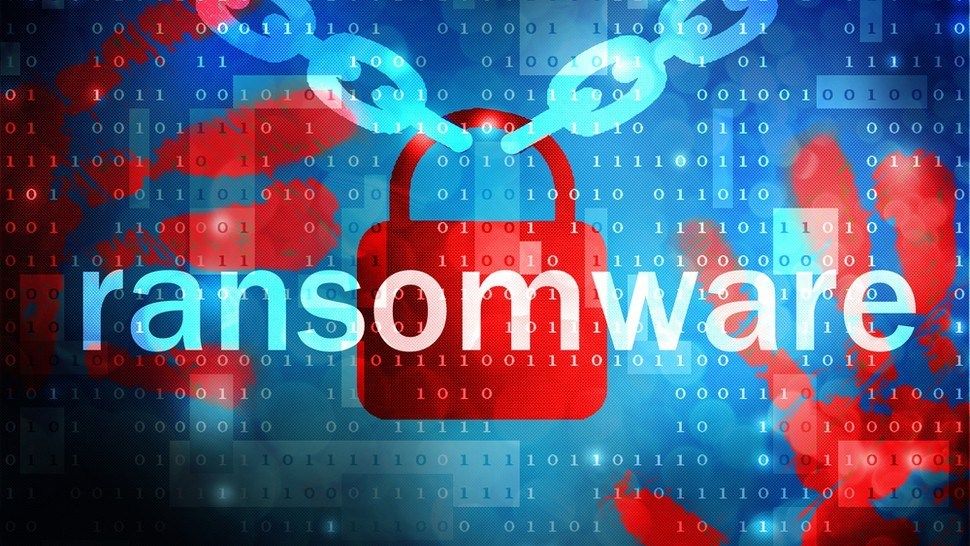China is positioning itself to be a world leader in quantum technology, including drafting international standards.




Deep learning has come a long way since the days when it could only recognize handwritten characters on checks and envelopes. Today, deep neural networks have become a key component of many computer vision applications, from photo and video editors to medical software and self-driving cars.
Roughly fashioned after the structure of the brain, neural networks have come closer to seeing the world as humans do. But they still have a long way to go, and they make mistakes in situations where humans would never err.
These situations, generally known as adversarial examples, change the behavior of an AI model in befuddling ways. Adversarial machine learning is one of the greatest challenges of current artificial intelligence systems. They can lead to machine learning models failing in unpredictable ways or becoming vulnerable to cyberattacks.

The agency said the malware has already compromised more than 150 organizations and provided insight into its ransomware-as-a-service behavior.
The FBI has alerted companies in the private sector to a spate of attacks using the Egregor ransomware. The malware currently is raging a warpath across businesses worldwide and has already compromised more than 150 organizations.
The agency issued an advisory (PDF) that also shed new light and identifies the innerworkings of the prolific malware, which has already been seen wreaking indiscriminate havoc against various types of organizations. Bookseller Barnes & Noble, retailer Kmart, gaming software provider Ubisoft and the Vancouver metro system Translink all are known victims of the ransomware.

Scientists at DGIST in Korea, and UC Irvine and UC San Diego in the US, have developed a computer architecture that processes unsupervised machine learning algorithms faster, while consuming significantly less energy than state-of-the-art graphics processing units. The key is processing data where it is stored in computer memory and in an all-digital format. The researchers presented the new architecture, called DUAL, at the 2020 53rd Annual IEEE/ACM International Symposium on Microarchitecture.
“Today’s computer applications generate a large amount of data that needs to be processed by machine learning algorithms,” says Yeseong Kim of Daegu Gyeongbuk Institute of Science and Technology (DGIST), who led the effort.
Powerful “unsupervised” machine learning involves training an algorithm to recognize patterns in large datasets without providing labeled examples for comparison. One popular approach is a clustering algorithm, which groups similar data into different classes. These algorithms are used for a wide variety of data analyzes, such as identifying fake news on social media, filtering spam email and detecting criminal or fraudulent activity online.


A ransomware attack has crippled the city’s teacher discipline system, The Post has learned.
A contractor that provides hearing transcripts for the city Department of Education, the Ubiqus Group, said it “was hit by a ransomware-type cybersecurity incident” on Dec. 4.
“As a precautionary measure, we have shut down all our IT systems across all our operating sites,” the company announced on its website.


A data breach broker is selling the allegedly stolen user records for twenty-six companies on a hacker forum, BleepingComputer has learned.
When threat actors and hacking groups breach a company and steal their user databases, they commonly work with data breach brokers who market and sell the data for them. Brokers will then create posts on hacker forums and dark web marketplaces to market the stolen data.
Last Friday, a data broker began selling the combined total of 368.8 million stolen user records for twenty-six companies on a hacker forum.

In October, threat actors hit the Wyckoff Heights Medical Center in Brooklyn and the University of Vermont Health Network. The cyber attack took place on October 28 and disrupted services at the UVM Medical Center and affiliated facilities.
A month later, the University of Vermont Medical Center was continuing to recover from the cyber attack that paralyzed the systems at the Burlington hospital.
In early December, Hospital CEO Dr. Stephen Leffler announced that the attack that took place in late October on the computer systems of the University of Vermont Medical Center is costing the hospital about $1.5 million a day in lost revenue and recovery costs.